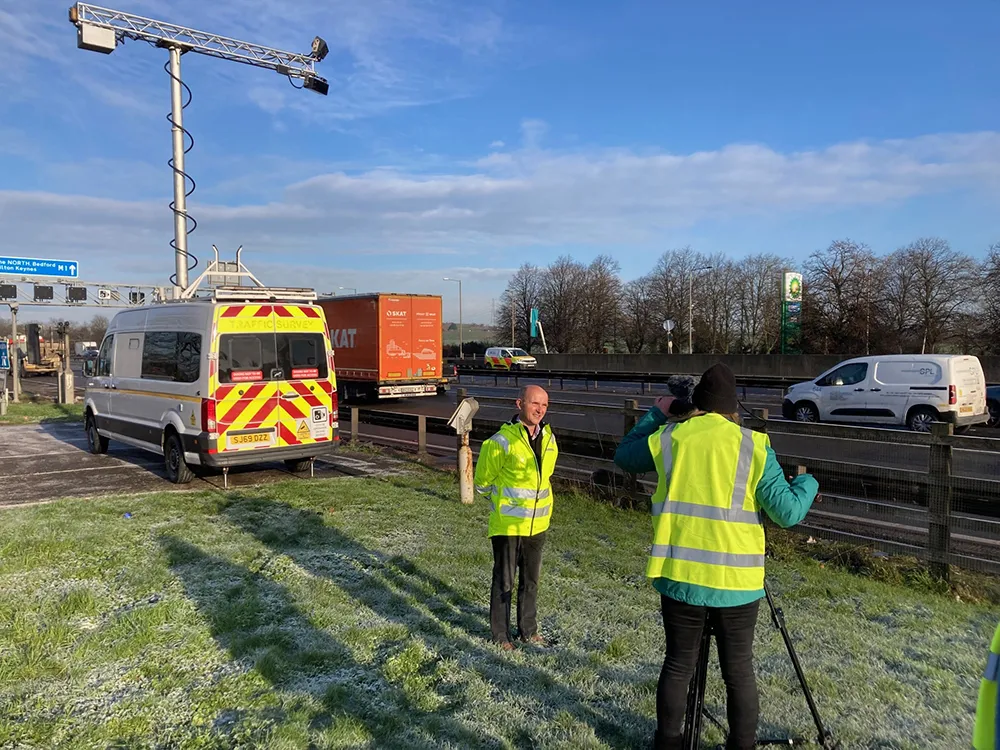
The heart of the new station is an onboard Linux computer. This enables it to take data from several sensors and interpolate between them, giving ‘best of breed’ information using the best elements of each sensor, said Daniel Johns, Vaisala’s global head of road and rail.
“What we’re also able to do is set rules for using the weather data to set off the variable message signs on roads. The rules that can be engaged here are probably more detailed than ever before; for example, to predict slippery roads.
“Or, if the wind is coming from the west above a certain value, when you know that that becomes important to high-sided vehicles on a bridge or an exposed stretch of road, for example.
“These weather stations are going in all over the globe at the moment. Here at the show we are showing the logic and relays for the first time.”










